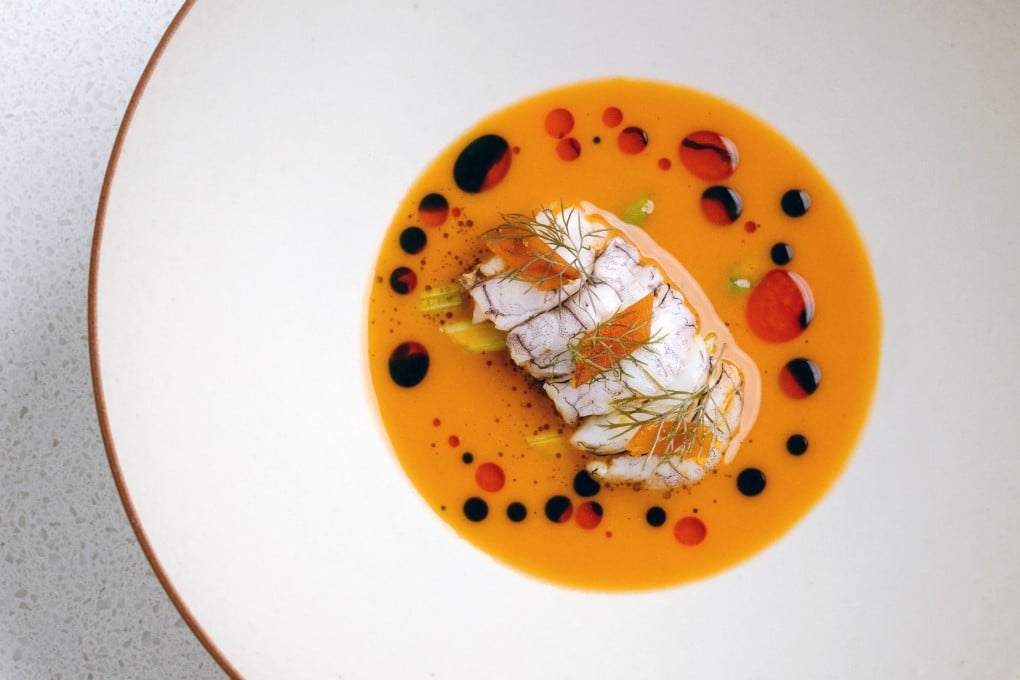Plaa restaurant review: Modern seafood-centric fare that’s French in presentation and Thai in flavour, served in a pastel-pleasant setting at Hong Kong’s Central
- Renowned chefs, Hong Kong-born Richie Lin and Bangkok’s Ian Kittichai, collaborate to serve up contemporary Thai-influenced cuisine that doesn’t disappoint

ZS Hospitality have been churning out the hits lately. Whey was one of the most innovative openings of last year, its modern European cuisine spiced with Singaporean influences justly earning a Michelin star. Other stand-outs in the company’s portfolio include Hansik Goo (also recipient of a Michelin star), Testina and Ying Jee Club (two stars for its re-created Cantonese classics).
That leaves new opening Plaa with a lot to live up to. The venture is a contemporary seafood-centric restaurant with Thai influences (the name means fish in Thai), a collaboration between award-winning Hong Kong-born chef Richie Lin and renowned chef Ian Kittichai from Bangkok.
The dining room is decorated in pleasant pastel colours but the bare walls could do with some decoration. The food is generally French in presentation and Thai in flavour. One of the amuse-bouche on the opening tasting menu (HK$1,080 per person) is a “miang kham” bonito tartlet with Thai herbs, fresh chilli and toasted coconut flakes: a tasty morsel loaded with truffle, it melts in the mouth and the freshness, acidity and texture all dissolve into one. It’s one of the highlights of the entire meal.
The threadfin fish comes from Taiwan and is air dried before frying, resulting in an impressive juxtaposition of crispy skin and succulent flesh. Served alongside nam prik Siam tulip flower, the fish is complemented by a Thai lemon basil and coconut cream sauce that adds extra pop.
The “neua massaman” Wagyu beef cheek is slow cooked for 24 hours to produce an incredibly juicy and tender slice of meat. It’s a good dish but the flavours here don’t wow. It’s a problem that afflicts certain others, too – the tastes may be pleasing but they don’t feel different from other Southeast Asian dishes we’ve tried before.
